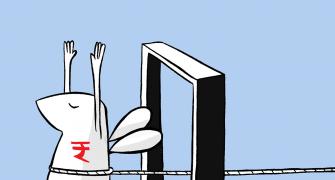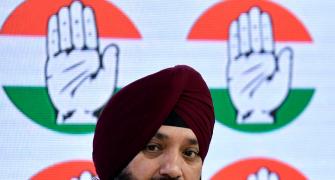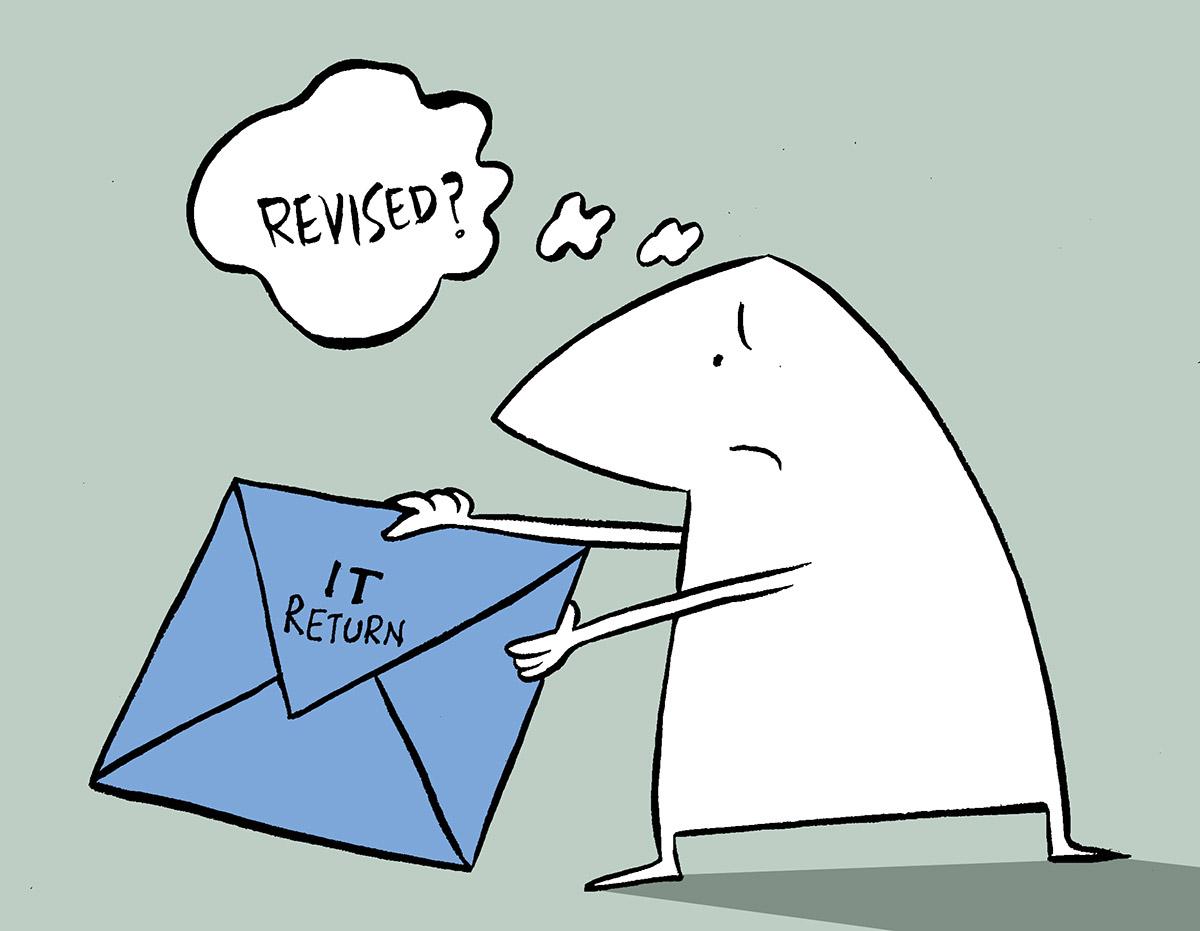Fund managers often find themselves selling bonds at prices below their fair value to meet redemption demands.
Investors are the ultimate losers in this. CDMDF aims to remedy this by stepping in and purchasing securities at their fair value in such times.

In a move aimed at fortifying debt mutual funds and enhancing investor protection, Finance Minister Niramala Sitharaman launched the Corporate Debt Market Development Fund (CDMDF) on July 28.
The Securities and Exchange Board of India also issued detailed guidelines for this fund.
CDMDF is yet another step, alongside a couple of others, towards making debt MFs safer for investors.
A backstop facility
CDMDF is designed to function as a backstop facility for debt funds during times of financial market stress.
Corporate bond markets become illiquid in turbulent periods.
Fund managers often find themselves selling bonds at prices below their fair value to meet redemption demands.
Investors are the ultimate losers in this. CDMDF aims to remedy this predicament by stepping in and purchasing securities at their fair value in such times.
"Investors will have greater comfort that in times of extreme market dislocation, there is assured liquidity to the extent of the extended fund corpus and guarantee," says Sandeep Bagla, CEO, Trust Mutual Fund.
Adds certified financial planner Parul Maheshwari, "CDMDF will strengthen debt funds, instil confidence among mutual funds and investors, and attract more investments into them."
Risk-o-meter: Know current risk
CDMDF is not the only measure undertaken to bolster debt fund security. Prior to its launch, two other initiatives were taken -- the risk-o-meter and the potential risk class matrix (PRCM).
Introduced in 2015, the risk-o-meter was further refined by Sebi in January 2021 to operate on a rule-based and dynamic framework, which means that the risk-o-meter reading would change with changes in a scheme's portfolio.
The risk-o-meter provides investors information about a scheme's current level of risk.
It classifies debt funds into six grades of risk, ranging from low- to very high-risk.
Investors should track changes in the risk levels of their schemes.
The risk-o-meter reading of many debt funds changed in recent times.
With interest rates at near peak levels, many fund managers increased the duration of their portfolios to benefit from a potential fall in rates.
This led to an increase in their risk-o-meter readings.
PRCM: Understand potential risk
While the risk-o-meter informs investors about a fund's current risk, they also need to know the maximum level of risk a fund manager could take in his portfolio.
The PRCM informs investors about this aspect.
PRCM is computed in a rule-based manner using credit risk and interest-rate risk.
It classifies funds into categories denoted by alphanumeric codes.
An overnight fund, for instance, will have PRCM AI, which connotes low credit risk and low interest rate risk.
A gilt fund will have PRCM AIII, which indicates low credit risk but high interest-rate risk.
A fund placed in PRCM CIII, on the other hand, could take both high credit and high interest-rate risk.
Creating an informed, liquid market
Together, PRCM and CDMDF offer synergistic benefits to investors.
"PRCM offers a framework for helping investors understand risk better while CDMDF creates liquidity in illiquid markets for investment-grade debt securities. Investors are, therefore, better informed and also have greater comfort regarding liquidity while investing in debt funds," says Vishal Dhawan, founder and CEO, Plan Ahead Wealth Advisors.
Do the due diligence
Despite the loss of indexation benefit on taxation, debt funds still offer distinct advantages, including a professionally managed diversified portfolio of bonds and tax liability only upon redemption.
Investors must exercise due diligence before investing in them.
"They should understand the fund type, their own risk appetite, and the time frame for which they can invest," says Maheshwari.
She adds that investors with a horizon of less than one year should stick to categories like liquid and ultra-short duration funds and not opt for long-tenure gilt or long-duration funds.
Dhawan suggests that investors understand both the credit and the interest-rate risk the fund manager is taking.
"Also consider the expense ratio, the fund's track record vis-a-vis category peers, along with consistency of performance," he adds.

Feature Presentation: Aslam Hunani/Rediff.com










